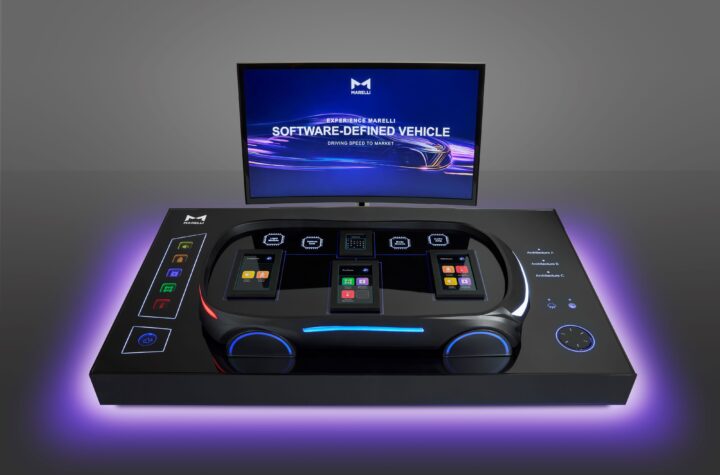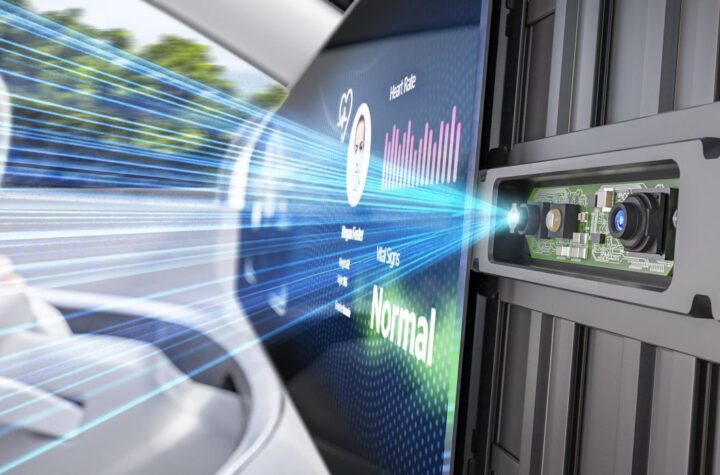
As our world grows increasingly electric, the battery market is poised for unparalleled growth. Increasing interest in renewable energy and sustainability are driving demand for a range of new battery powered products such as electric vehicles (EV), scooters, forklifts, lawn mowers, drones, and power tools. As more and more electric products are designed and developed, battery demand will continue to soar, with the battery value chain expected to increase ten times by 2030, reaching an annual revenue of $410 billion.
In parallel to batteries becoming an increasingly big business, manufacturers are starting to reshape their global supply chains to solve for many of the challenges they’ve been navigating over the last few years. This includes a renewed focus on establishing manufacturing operations in the United States to reduce dependence on complex highly distributed supply chains.
To build new U.S. facilities effectively and efficiently – and scale production quickly to meet rising battery demand – manufacturers will need to leverage intelligent automation solutions that enable adaptability, flexibility, and resiliency.
Battery Module Manufacturing in the U.S.
Battery manufacturers investing in new factories in the U.S. are doing so to manage global supply chain risks such as transportation delays, geopolitical instability, and regulatory requirements. Now, however, there’s even more incentive to move production to the U.S.
The recently enacted Inflation Reduction Act of 2022, arguably the most significant climate legislation in U.S. history, includes billions in subsidies for manufacturers of fuel efficient vehicles and components (including EV batteries) who embrace building localized supply chains. Specifically, the legislation makes available federal loans, tax credits, and grants, which help offset the investments required for manufacturing in the U.S. For example, a tax credit of $35 per kilowatt hour (kWh) will be provided for each U.S.-produced battery cell, which is 35% of today’s average cost of producing a battery cell.
Though supply chain requirements associated with these loans, credits, and grants present some obstacles for manufacturers, many are embracing the idea of the “Battery Belt” across North America, where various factories and facilities are being built. EV automaker Tesla led the way with its Gigafactory in Nevada, built for in-house battery production. General Motors (GM) followed suit and built a battery manufacturing network across North America, accounting for everything from lithium extraction to the assembly of battery packs and cells. Panasonic recently started building a new battery plant in Kansas as well, aiming for mass production by March 2025.
Financial incentives through the U.S. government coupled with growth in the local EV battery market present an opportunity for manufacturers to reexamine their operations. Intelligent automation enables manufacturers to take advantage of these tailwinds and build new, modern factories that enable rapid deployment and cost-effective scalability.
Automating Assembly with Intelligent Technology
The assembly of battery modules requires several steps. Individual battery cells need to be unpacked, tested, and sorted. This includes reading the lot number on the battery cell and testing the voltage of the cell to sort the cells for use in modules. Sorted cells are placed into a module housing and their terminals are welded to create the circuit connections required. The housing is then assembled which can include techniques for sealing such as the use of primers, adhesives, and curing.
Software-driven automation can help manufacturers achieve battery module assembly lines that are scalable and flexible. For example, a line combing the use of six robotic stations with four human operators running two shifts can produce over six thousand battery modules per month. And if the manufacturer needs to increase production, they can easily duplicate the line and make twice as many units. Automation reduces the staffing required for each line making it easier to add new lines as needed. And because software is used to coordinate the activities of both the robot and human run stations, the result is a highly efficient line with fewer defects produced.
Intelligent automation can help manufacturers overcome labor challenges while also making flexible, scalable production a reality. With the right solutions – ones that combine pre-configured, tested, and production-ready hardware building blocks with intelligent software – they’re able to automate the end-to-end battery module assembly process. Some manufacturers have attempted to do so with custom engineering, but they quickly become cumbersome to deploy and are neither adaptable nor scalable. Instead, technology platforms consisting of modular hardware orchestrated via an intelligent software layer create flexible production lines that make it possible to scale as demand grows.
Ultimately, automating the battery module assembly process dramatically increases throughput and, greatly cuts production costs—targets that manufacturers will be aiming for as investment in U.S. factories increases.



More Stories
Marelli focuses on Software-Defined Vehicle evolution at Auto Shanghai 2025, introducing the new ProZone zone control unit
Will Cars Function Like Smartwatches in the Future?
Marelli to Showcase Latest “Speed-to-Market” Innovations at Auto Shanghai 2025